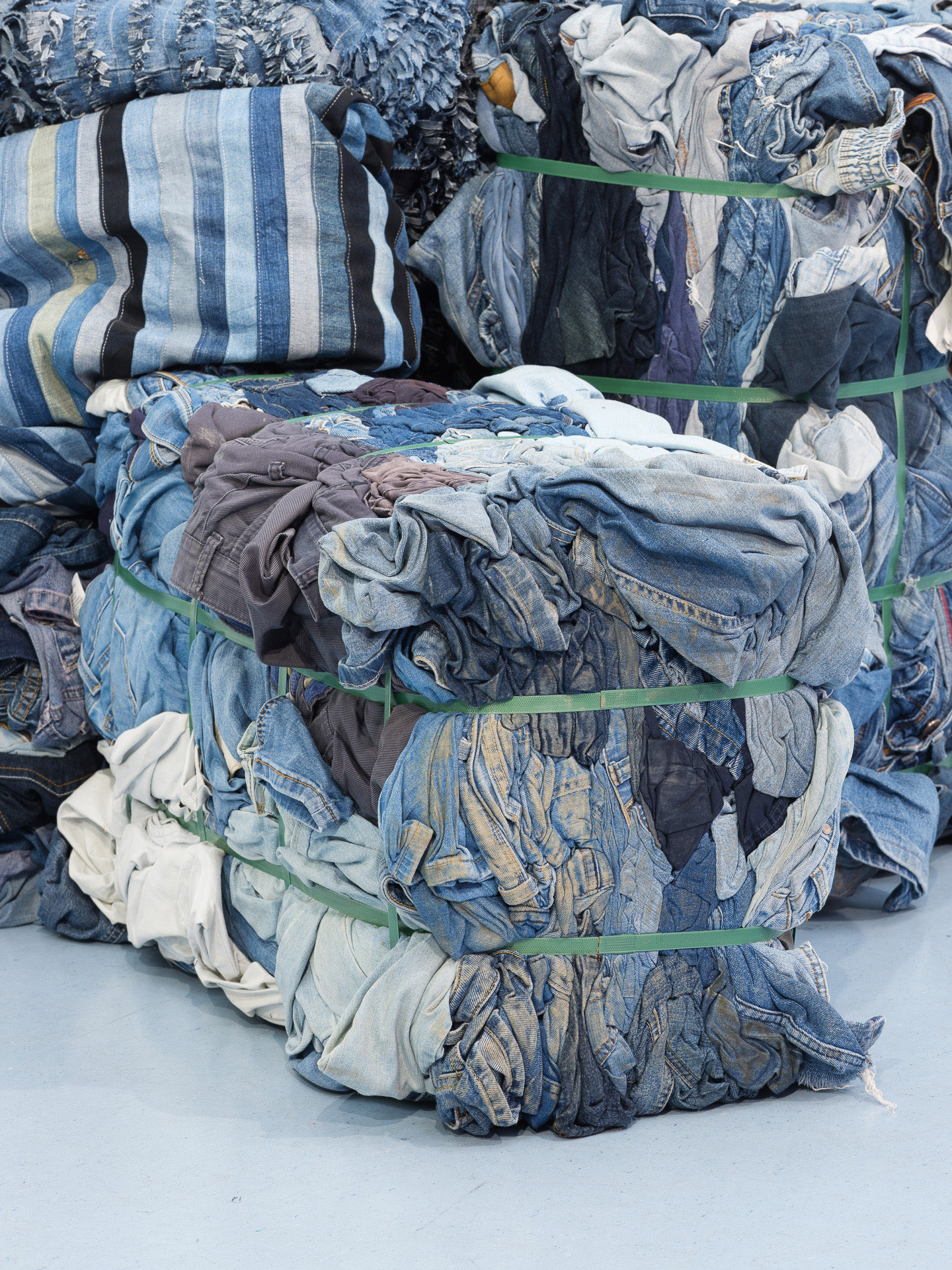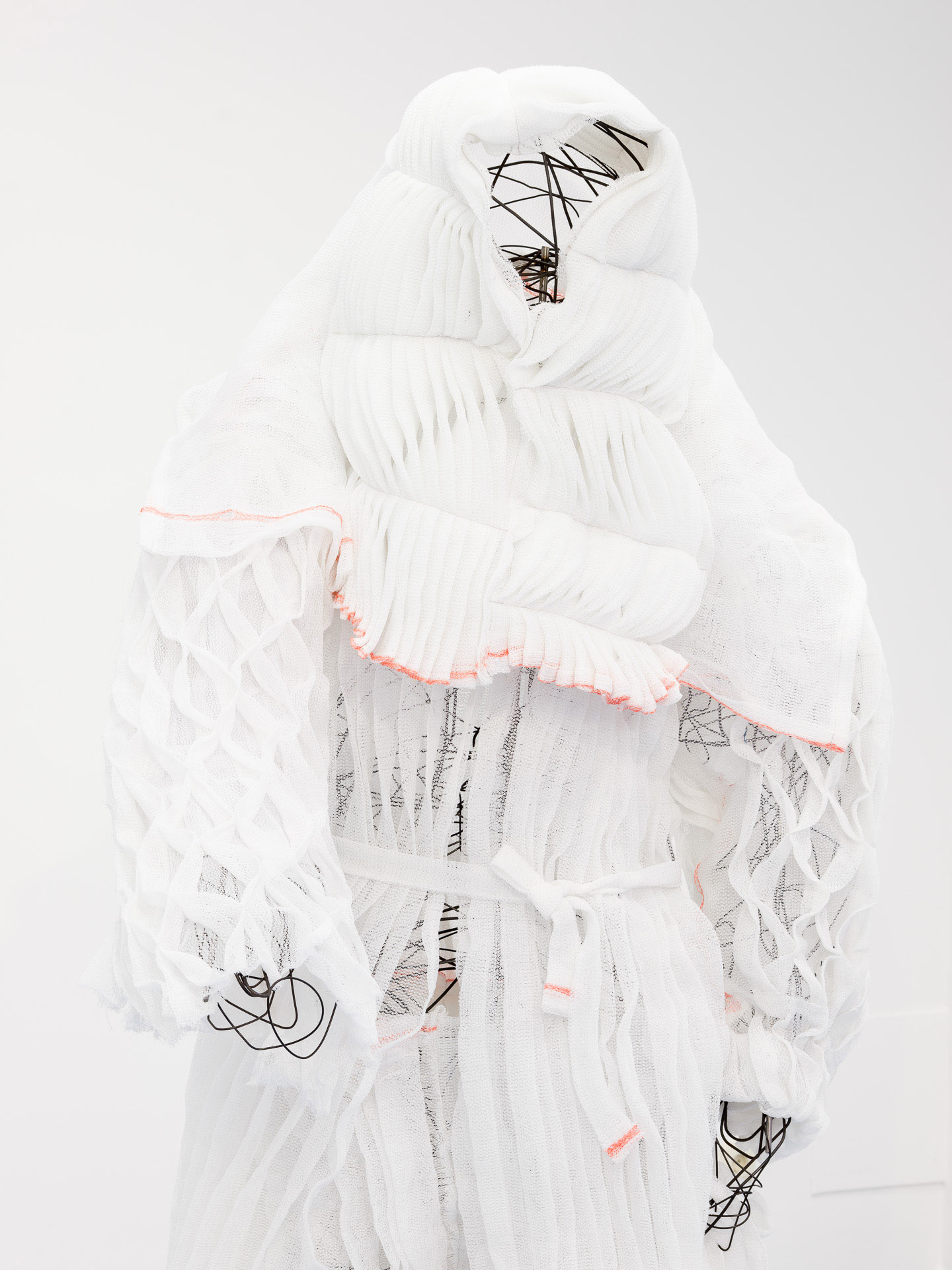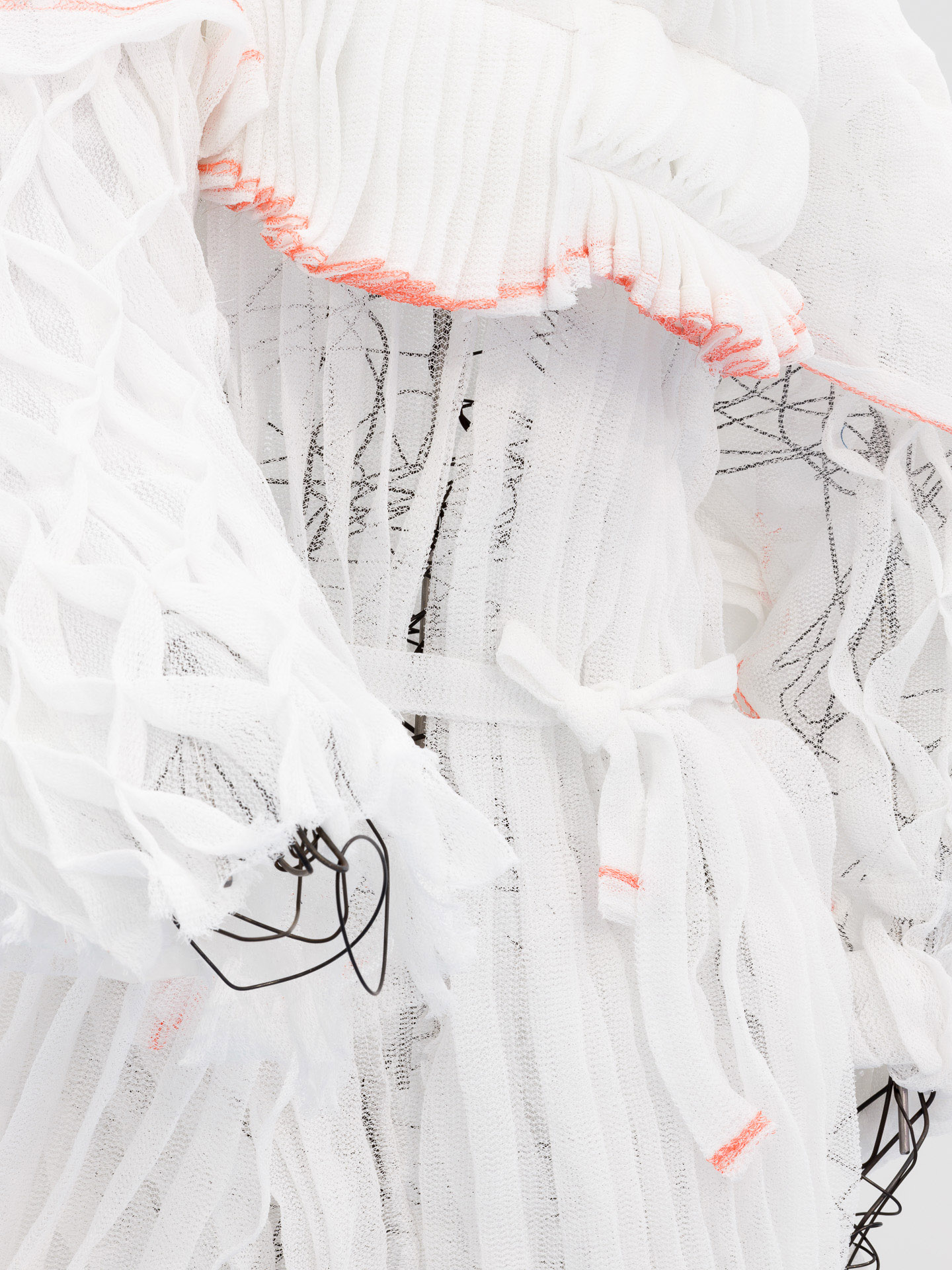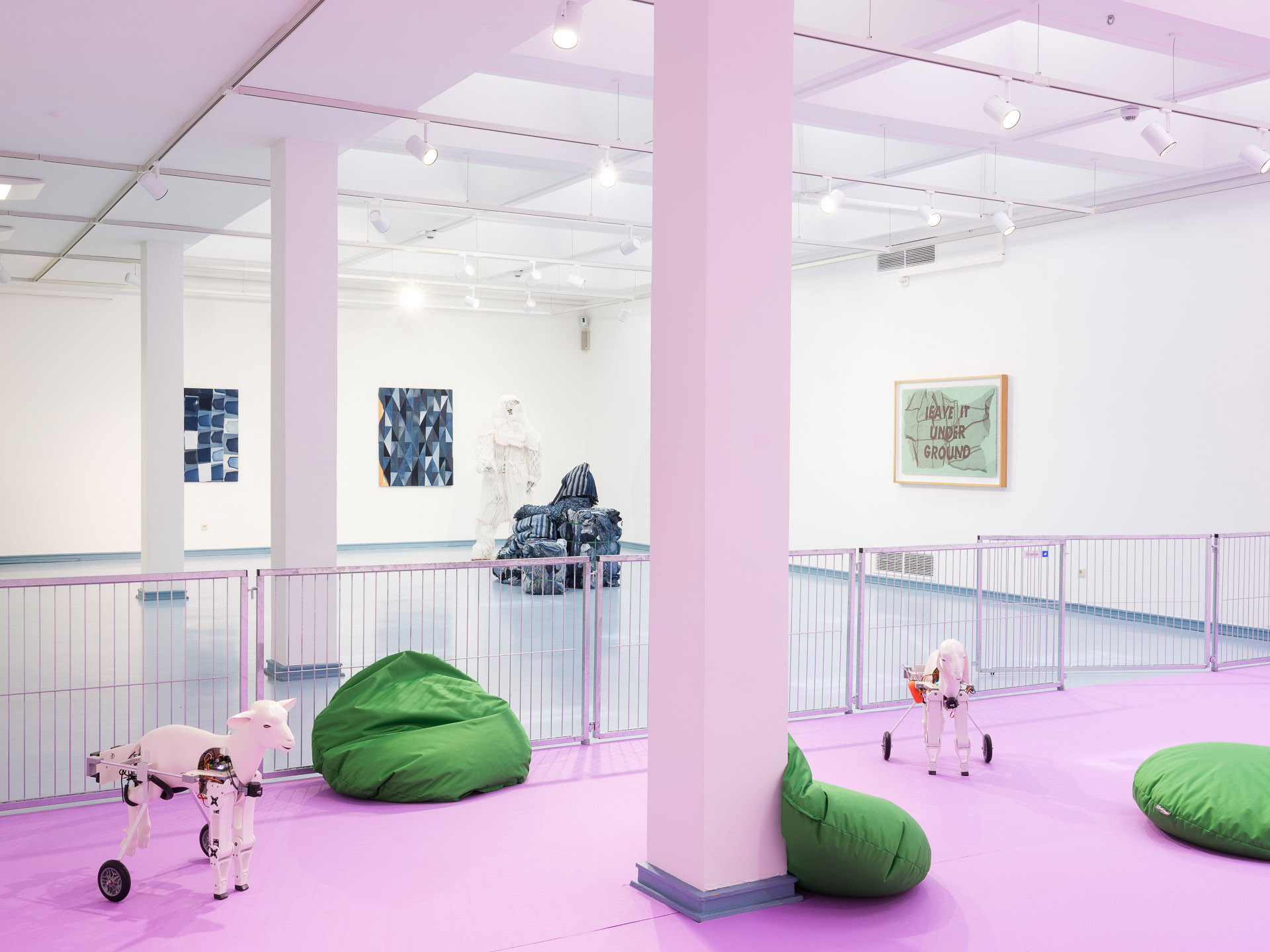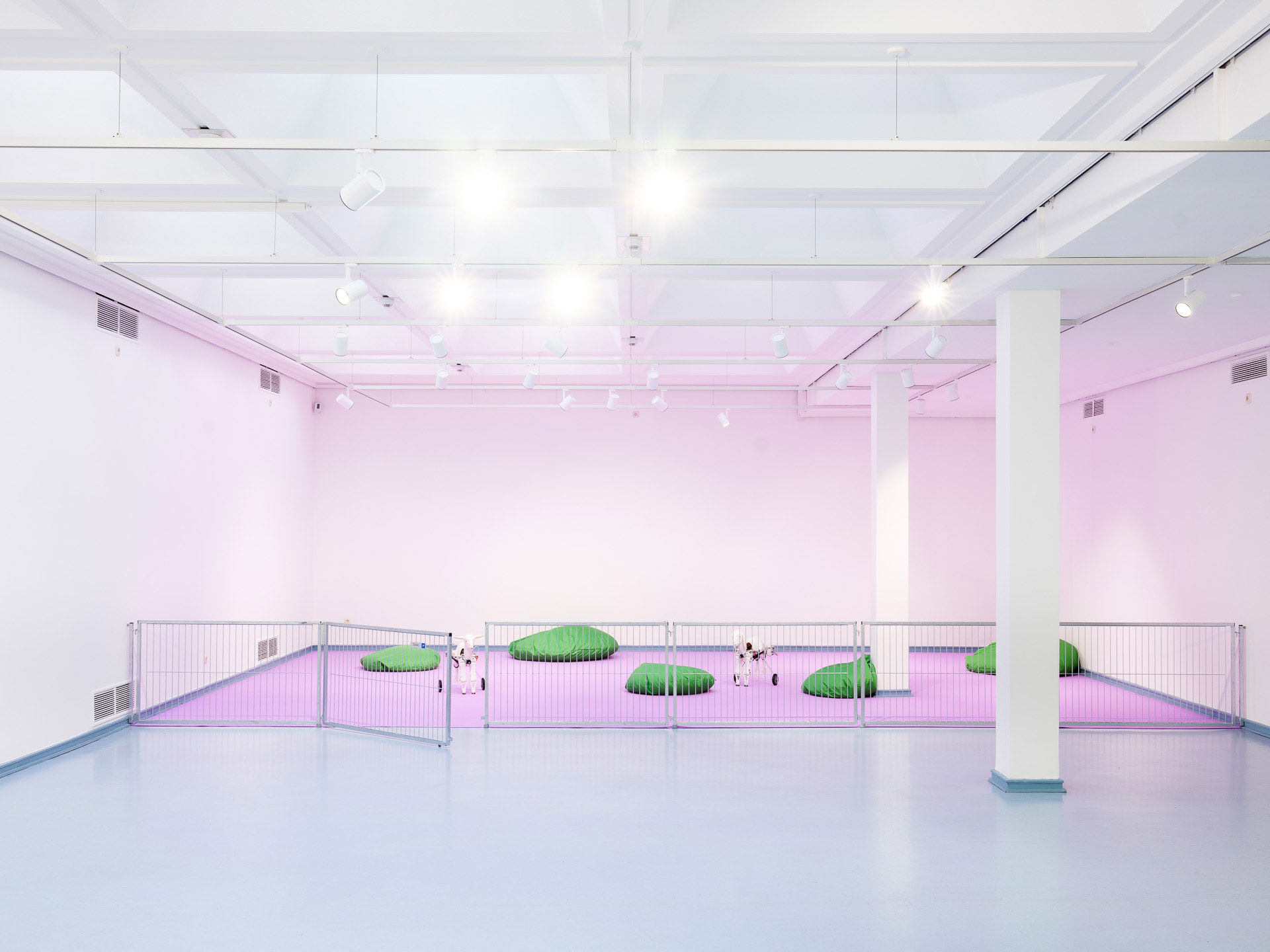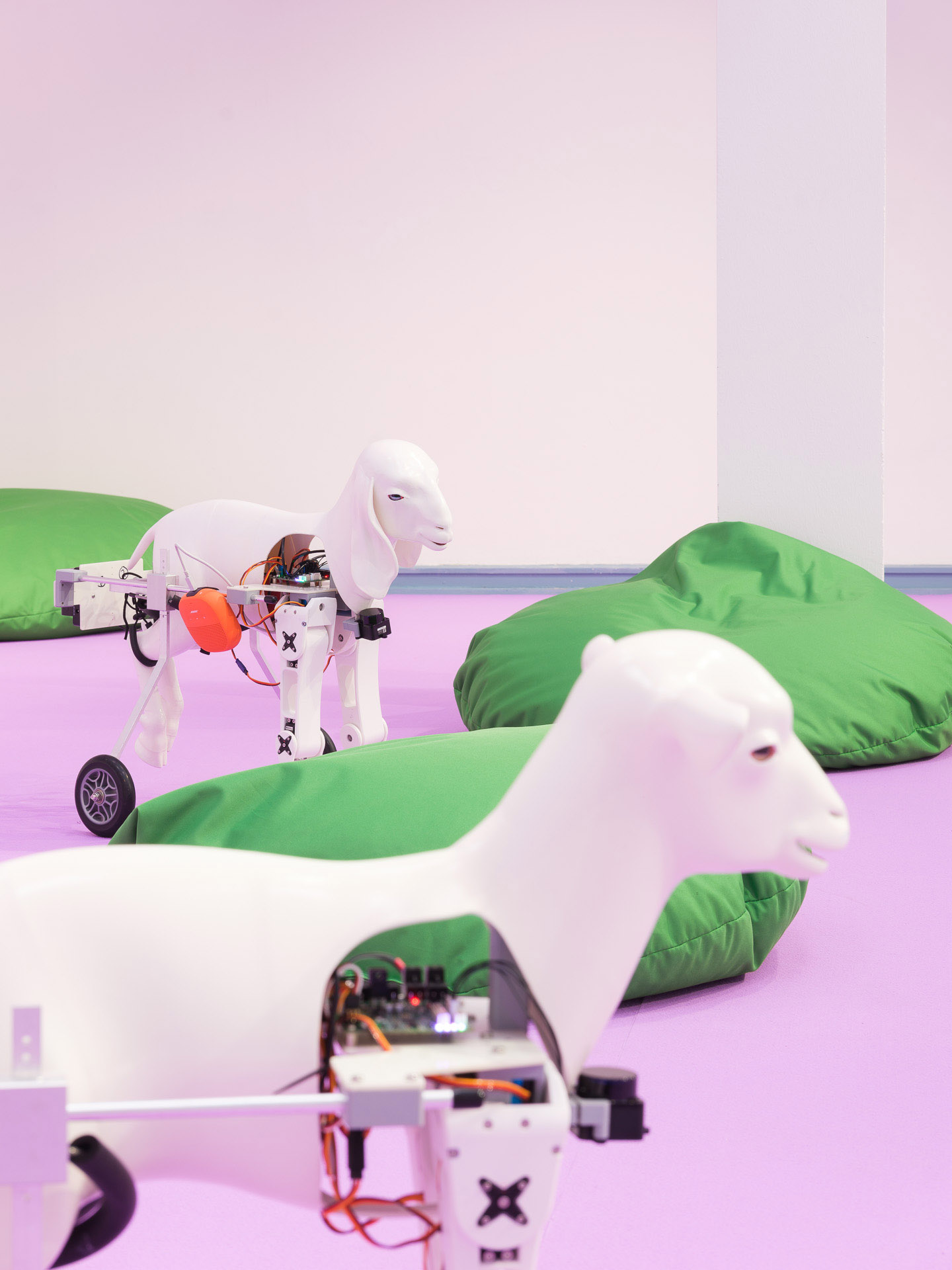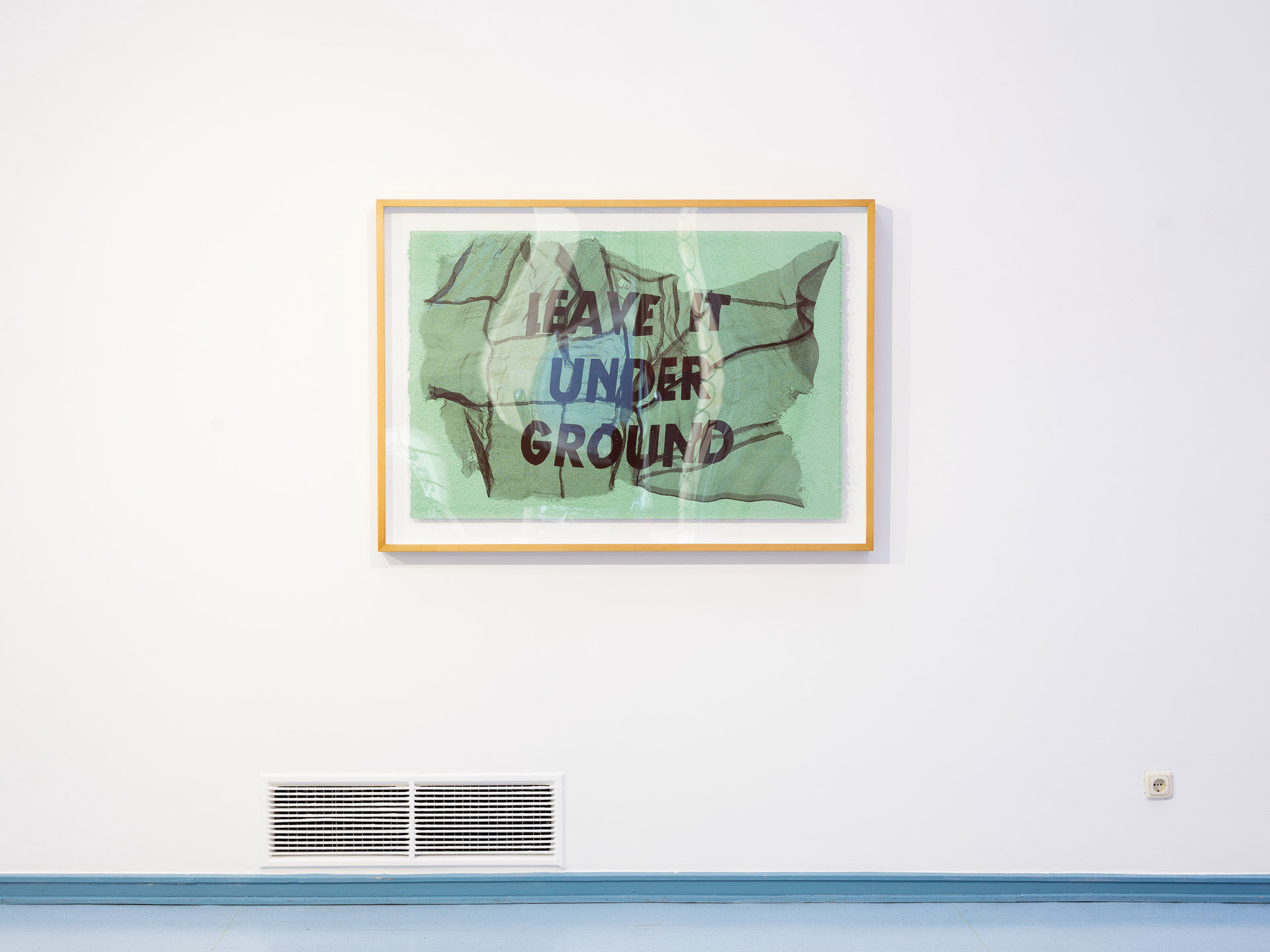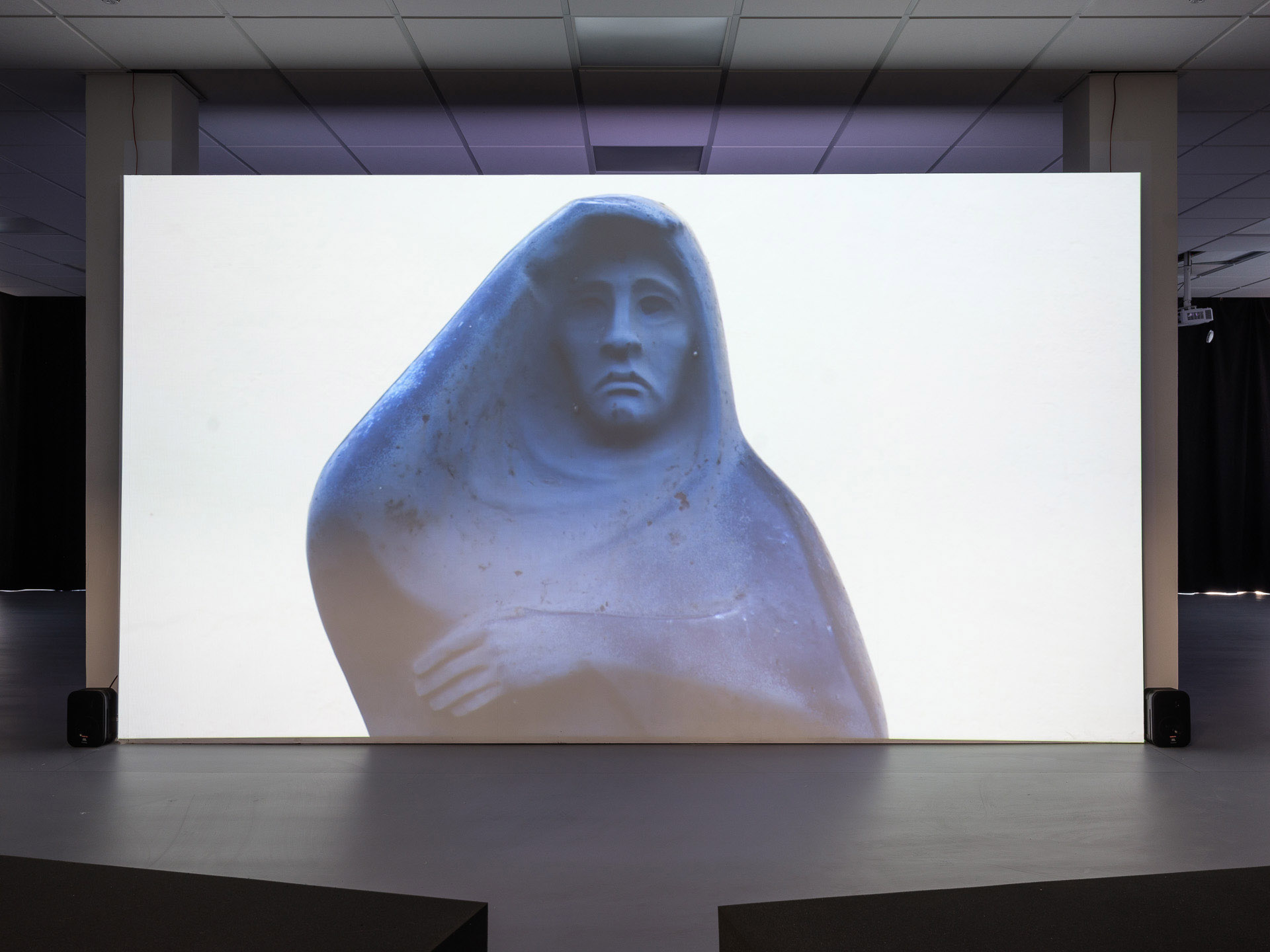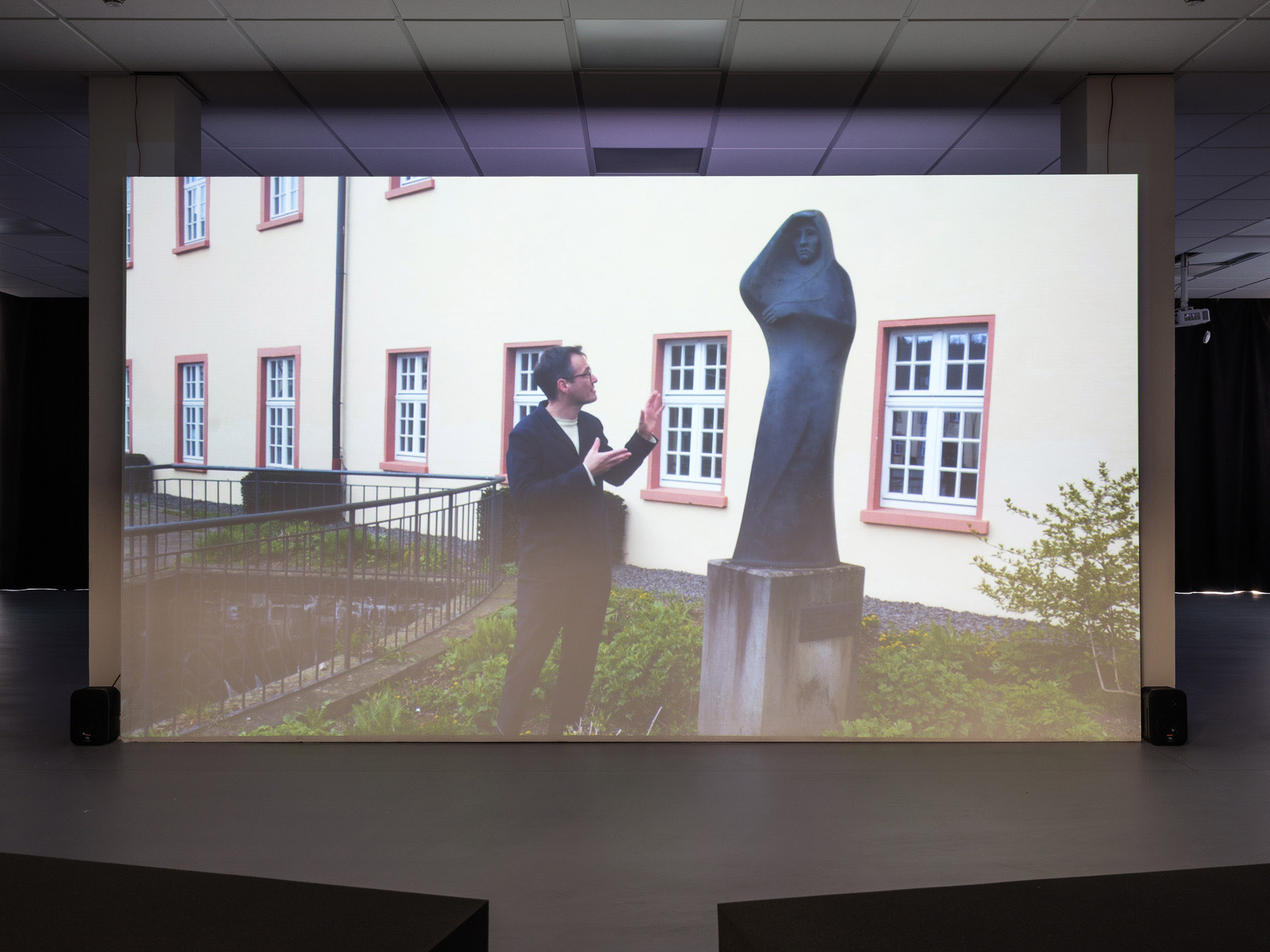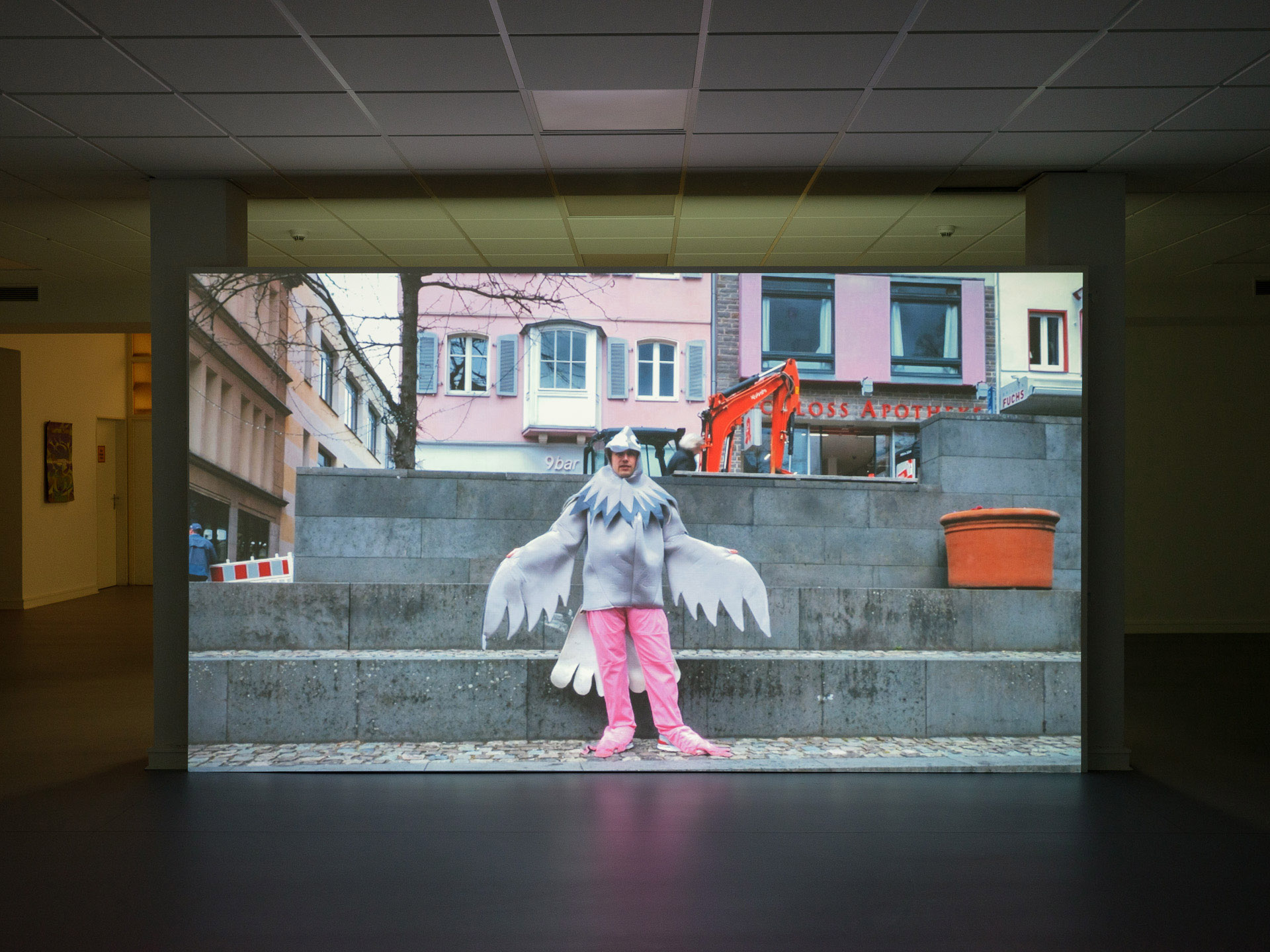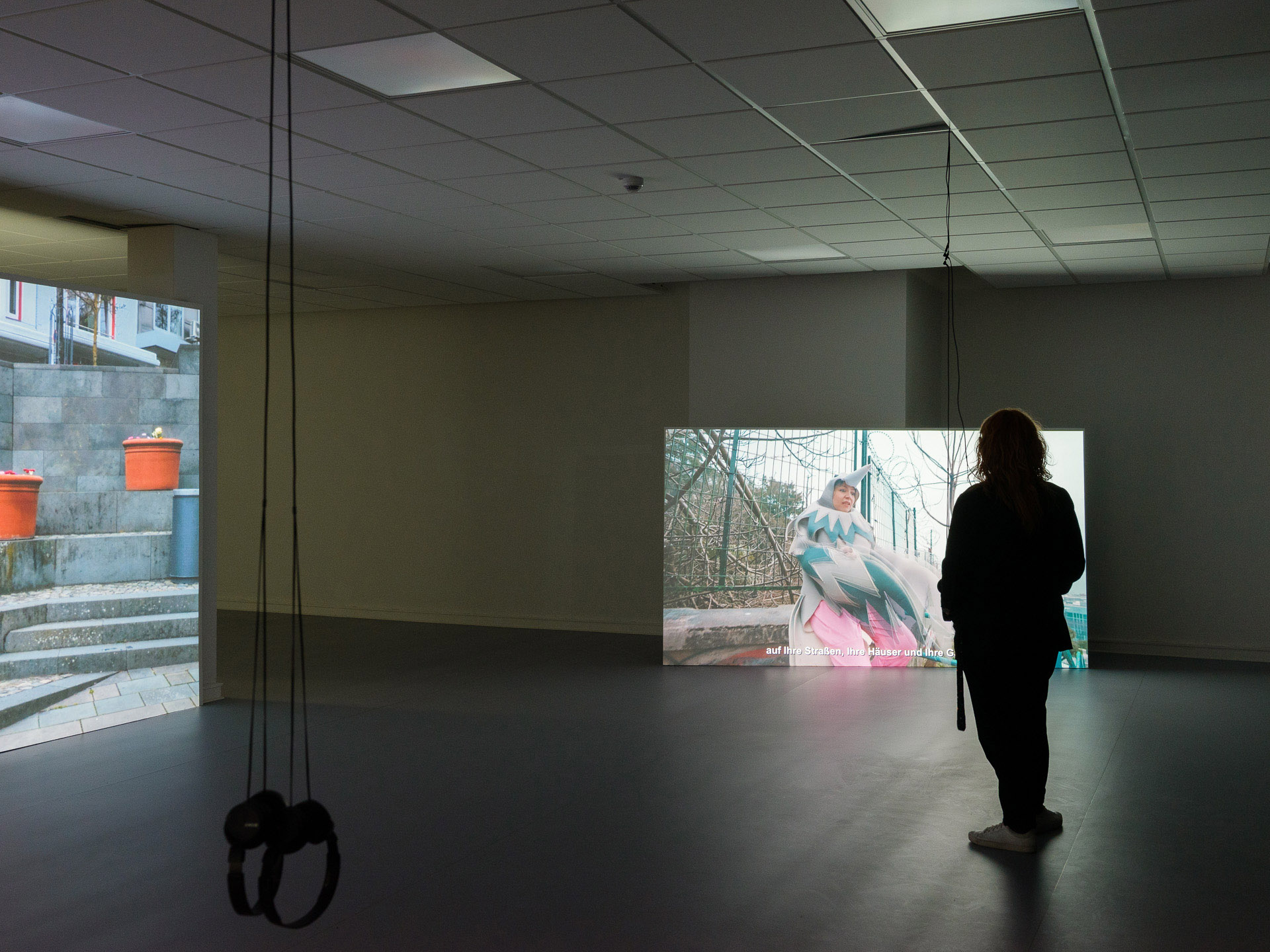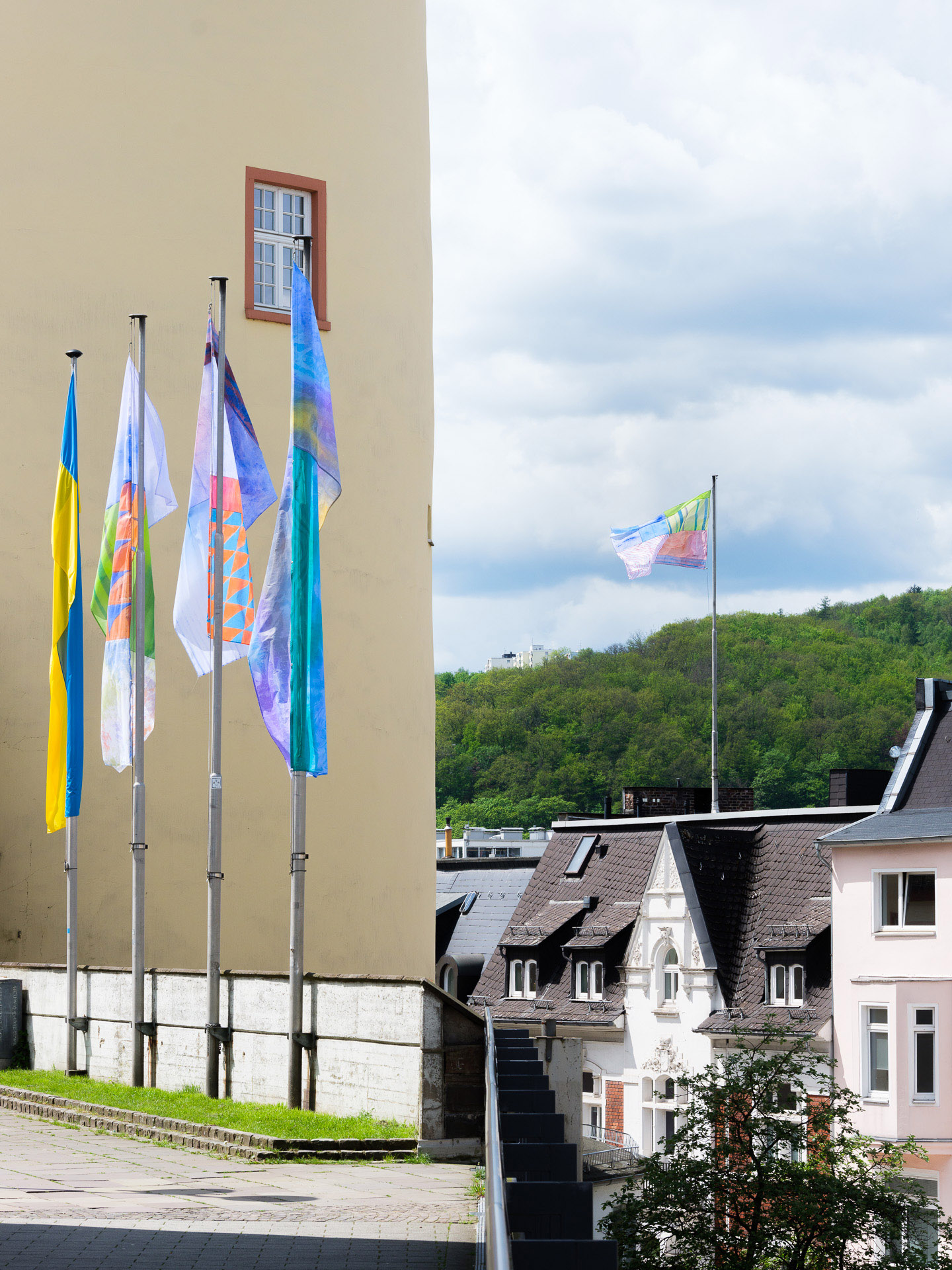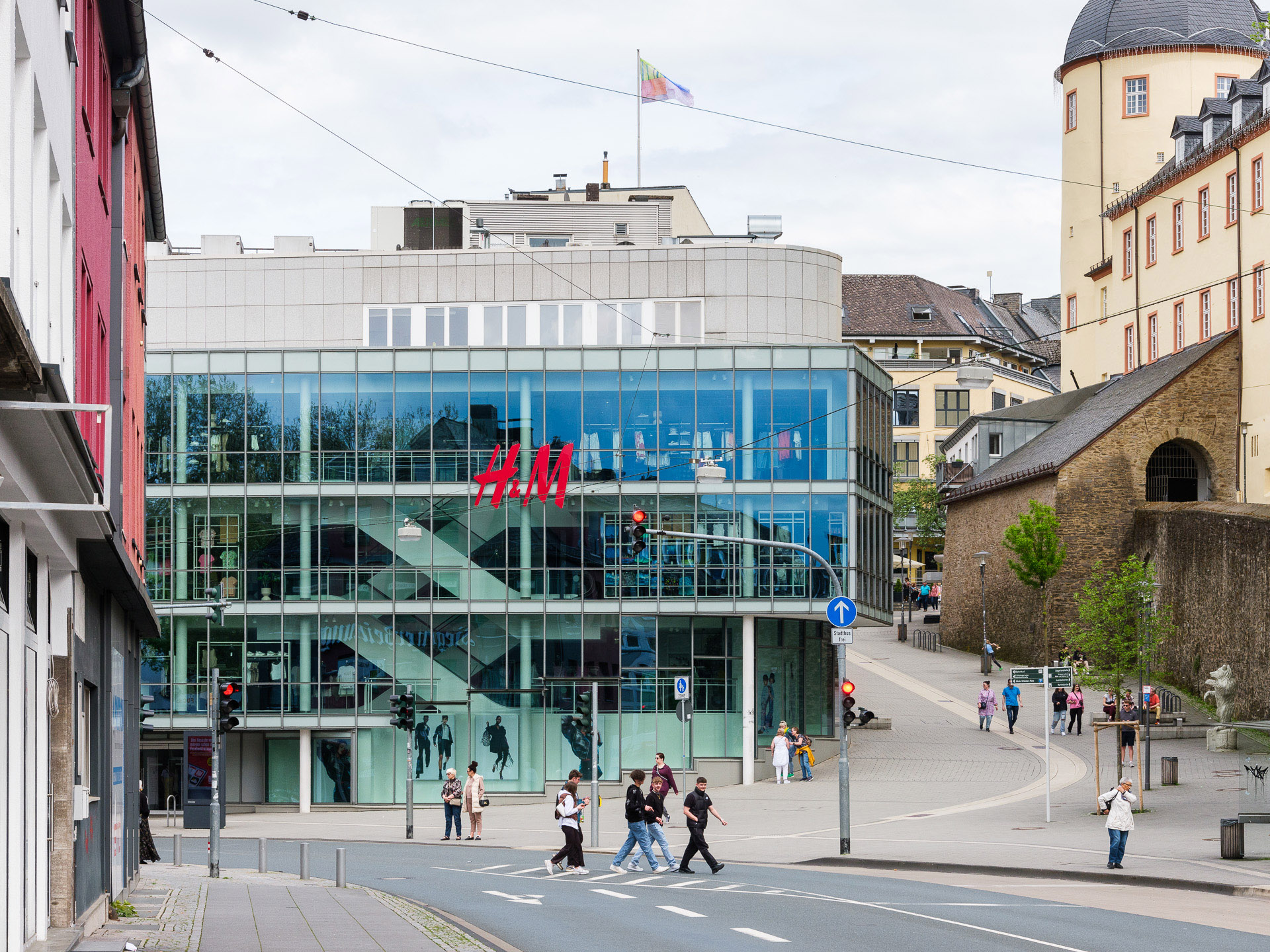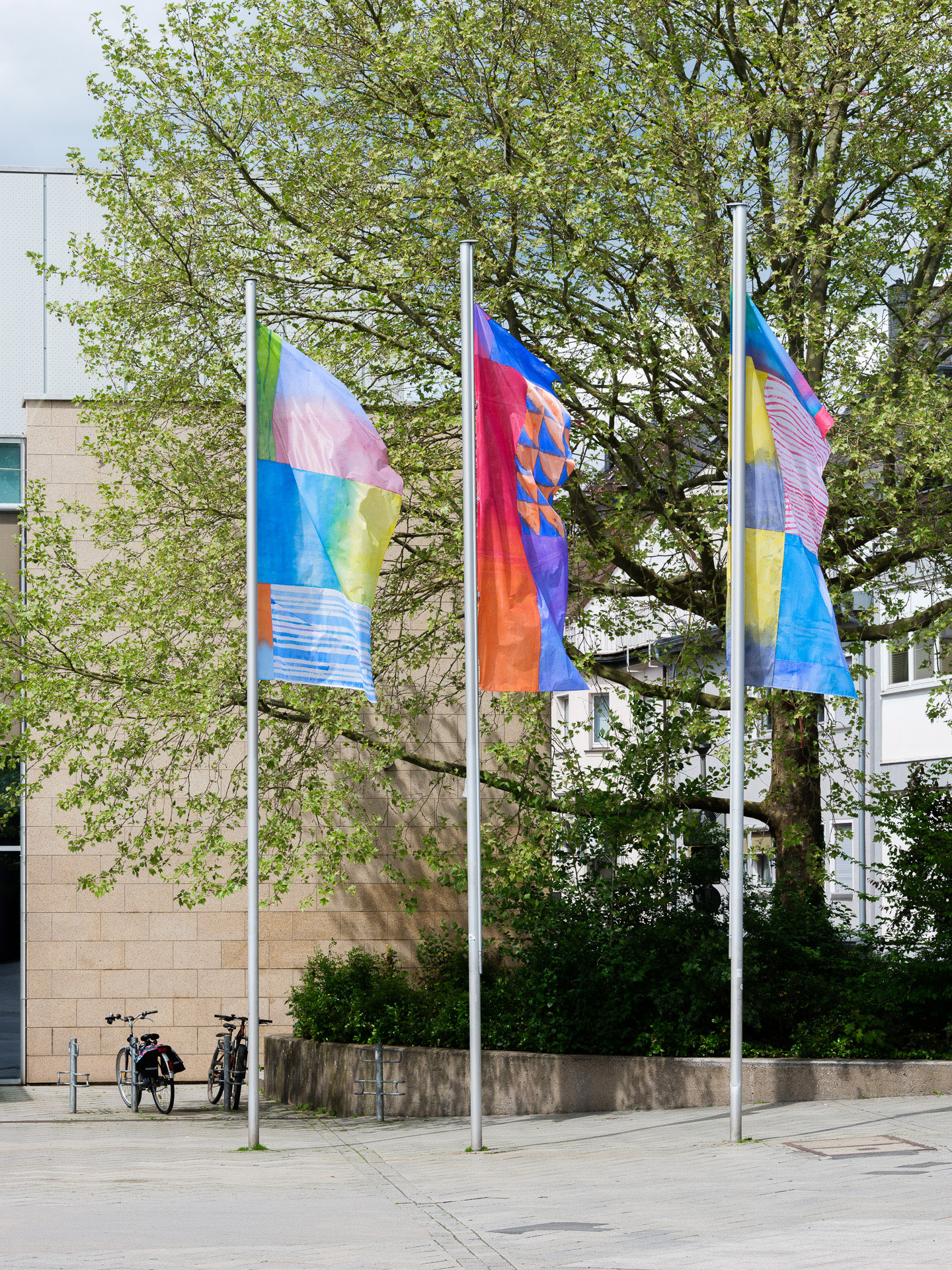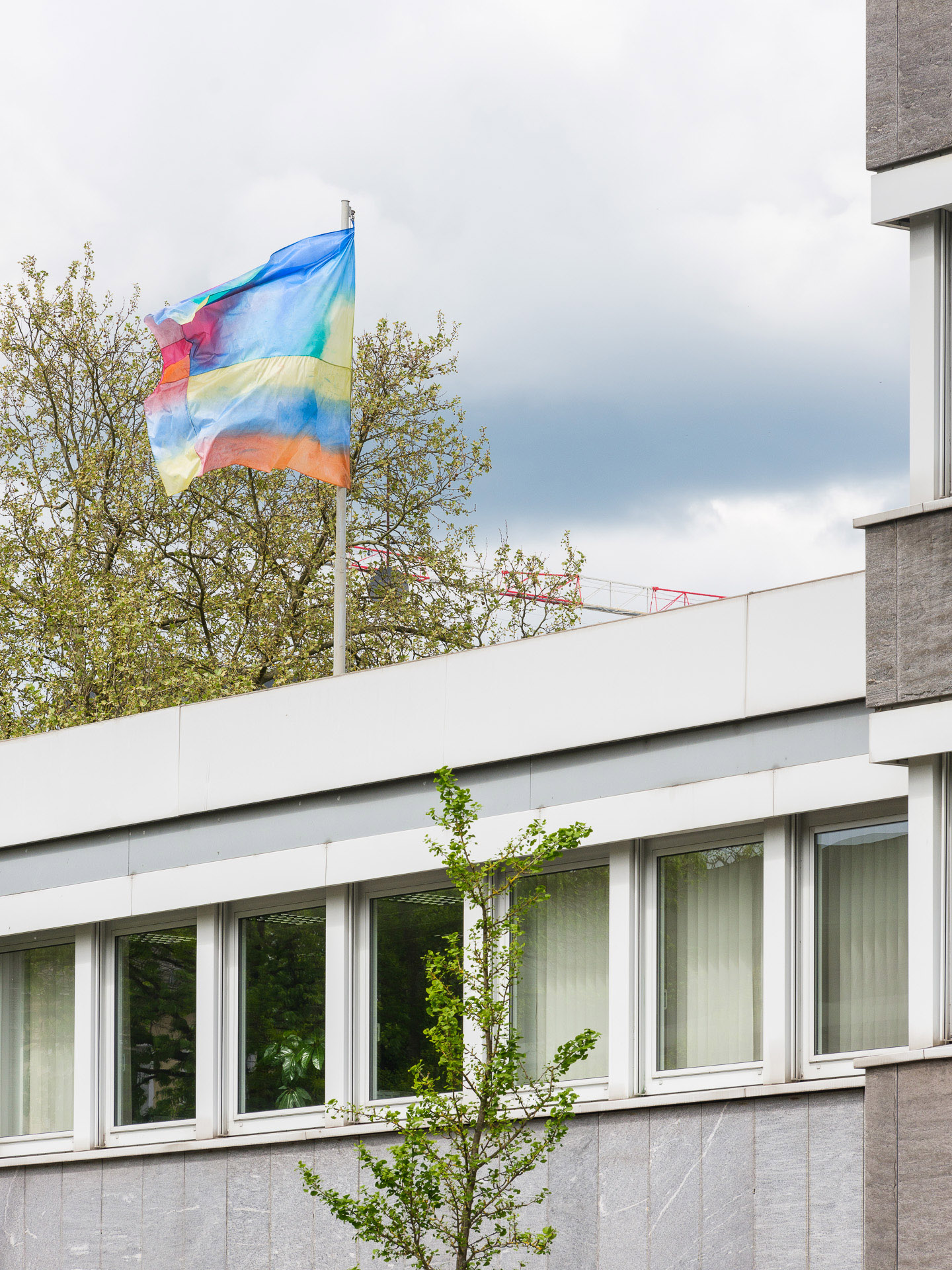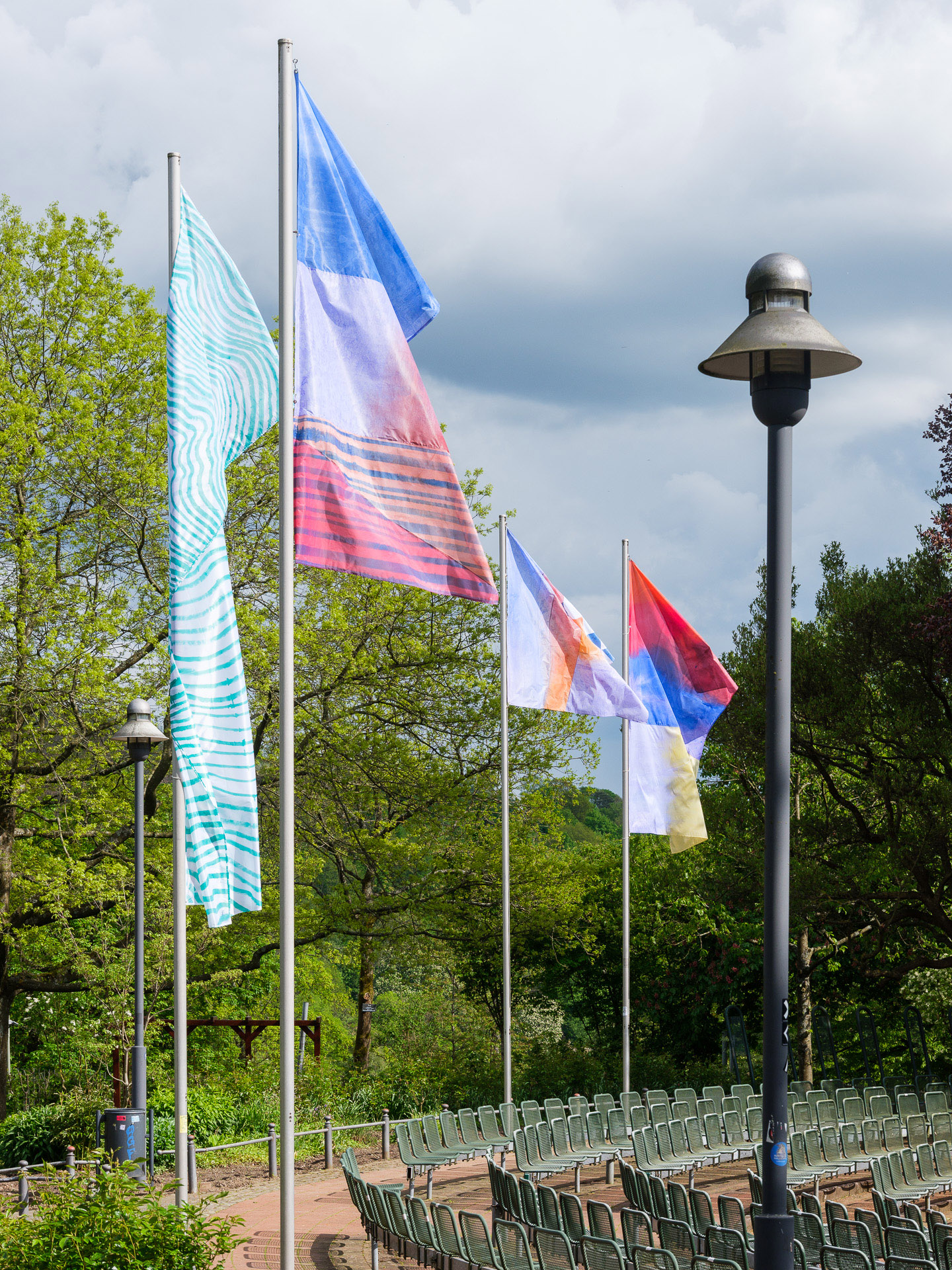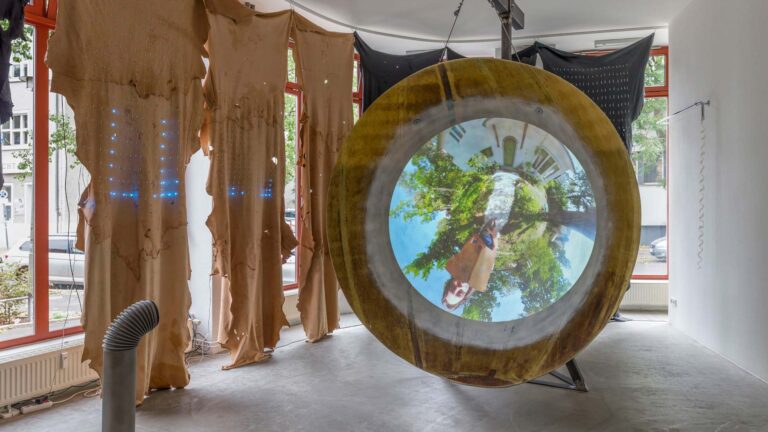Artists: Thomas Geiger, Tintin Patrone, Raul Walch
Exhibition title: Happiest Places
Curated by: Jennifer Cierlitza
Venue: Kunstverein Siegen, Siegen, Germany
Date: May 12 – June 25, 2023
Photography: Simon Vogel / all images copyright and courtesy of the artist and Kunstverein Siegen
In the exhibition “Happiest Places”, the artists Thomas Geiger, Tintin Patrone and Raul Walch deal with public space and show different perspectives on the city of Siegen. The exhibition extends both in the exhibition- and in the public space of the city. Site-specific interventions and actions are taking place throughout many locations in the city.
Thomas Geiger creates situations of communication, normally voiceless entities are given a voice to express themselves. In His ongoing performance series by the name “Bust Talks” is founded on the idea that busts and statues are not only lifeless objects, but potential interlocutors whose experiences and perspectives can offer new views on the present. In Siegen, Geiger continued his series in a conversation with “Die Ausschauende”, an anti-war memorial that ostensibly commemorates the war widows of World War II. The conversation revolves around the dubious privilege of female statues to publicly represent mourning.
In another ongoing series, pigeons in different cities presenting their manifestos and speeches on the subject of public space: An elegant Parisian pigeon talks about human restraint and narrow-mindedness, a probably marxist pigeon in Istanbul philosophizes about fences and private property, and an activist German pigeon gives advice on how to rid our cities of cars.
Tintin Patrone is interested in the interaction of music and art, sounds and experimental gestures. A focus of her work is the visualization of music, the tension between conceptual ideas and physical existence, and how we relate to music individually and as a society.
“the_oaten_flute“ is a pastoral opera versions inspired by concepts of the mountainous idyll of the Swiss Alps and one of its most famous inhabitants, the fictitious character “Heidi”. They explore the relationships between ruralism and nationalism, questioning common-held idealizations of a pastoral lifestyle by investigating how it forms identity, and touching upon the recent resurgence of völkisch—ethno-nationalist ideologies in Germany.
By juxtaposing self-built musical instruments—sculptural works that could be described as “sound objects”—with future-oriented technologies a dystopian setting is created. This setting accommodates an artificially intelligent musical piece based on duets between two robot goats.
Raul Walch works performatively, as a researcher, sculptor, and concept artist. His art is closely tied to the desire to shape and intervene in reality itself. Walch created costumes in workshop- and performative settings and has recently carried over this practice into sculpture. Handmade denim fringe mixed with synthetic woven material often used on construction sites dresses the metal structure, a soft covering referencing “Henner und Frieder” –two bronze sculptures that symbolize the history and tradition of the Siegerland steel industries and represent hard work. Unlike Henner and Frieder, Walch’s figures represent social change with a new work ethic. During the course of the exhibition, Raul Walch will host a workshop where costumes made out of recycled materials and hand painted fabrics will be created together with the participants. A parade through the city will then take place to celebrate the newly found mottos of the two figures.
“Happiest Places” continues outside, on the rooftops and squares of Siegen with an installation of flags spread out over the city. These vibrant textile works, activated by the wind, dress up the city. The shapes repeated on the flags echo architectural shapes. The polychrome flags spark a colorful vision of what could have been or perhaps was.




